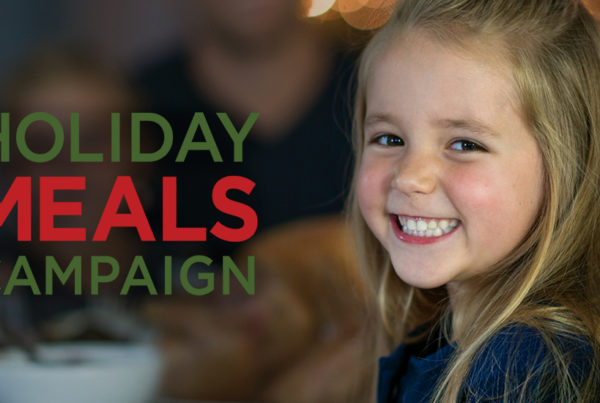Food donations are the lifeblood of any hunger relief organization and Food Lifeline is no different. We rescue forty million pounds of food each year – diverting valuable, nutritious food away from the landfill and onto the shelves of more than 275 food banks, shelters, and meal programs across Western Washington.
My name is Katherine, and I just started at Food Lifeline, but when it comes to food banking, I’m an expert. So I’ll be your professor for Food Donations: 101.
Here you’ll discover how we get our food donations, what we do with them, and the impact they make in our region. In future posts, we’ll delve into the details regarding the types of food that we are increasingly sourcing to meet expanding dietary needs (i.e. fresh produce, vegan, gluten-free, etc.). We’ll also talk about how donations reduce food waste, and how local companies and farms are joining us in our quest to end hunger. Finally, and periodically, we will take the time to recognize our donors. (Because they rock!)
Where do we get our food donations?
Feeding America is the nation’s largest hunger-relief charity, linking together hundreds of member food banks across the country. This national presence opens up dozens of doors to large food corporations who channel food donations from around the country, through Feeding America, and frequently through the dock doors of Food Lifeline.
 These donations range from an entire truckload (or many) to several cases from national brands like Kraft-Heinz, Starbucks, and Nabisco-Mondelez. Sometimes it’s pallets of cereal, crackers, and cookies, but it can also be frozen fruits and vegetables.
These donations range from an entire truckload (or many) to several cases from national brands like Kraft-Heinz, Starbucks, and Nabisco-Mondelez. Sometimes it’s pallets of cereal, crackers, and cookies, but it can also be frozen fruits and vegetables.
How much food does Food Lifeline get through donations?
Every year Food Lifeline receives approximately 40 million pounds of surplus food. That’s equivalent to more than 32 million meals!
What do you do with the donations?
When a potential donor contacts our Food Resources team, we consider many factors when deciding if it’s a donation that we can accept. First, we must ensure that we are only collecting donations safe for human consumption. We also take into consideration the donation size, for a few cases of product we will often get a nearby agency to pick up the donation directly. This expedites the agency getting food, which is especially important for fresh donations and keeps our transportation resources running more effectively.
Larger donations require the heft of a truck and the dexterity of a pallet jack (along with the coordination of our transportation team). These donations get picked up in the morning by our fleet of drivers and are brought back to the Hunger Solution Center where they are received and receipted. Some donations can be put directly into our online ordering system for our partner agencies to order from. Other donations need to be reworked by volunteers into consumer sized packaging. This can be bulk coffee that gets sorted into smaller bags, or fresh produce to sort based on the type and how quickly it needs to be consumed. Twice each day our production team leads volunteer groups to turn donations into finished goods so they’re ready to be shipped out to our partner agencies.
Congratulations on passing Food Donations 101 with flying colors! I look forward to continuing our adventures into our world of food donations and the work we do with the support of the community as we work to end hunger in Western Washington.







